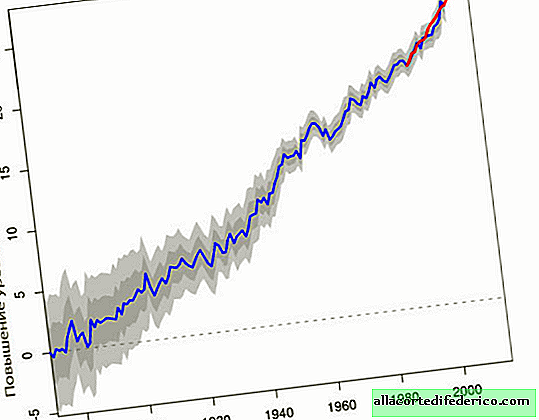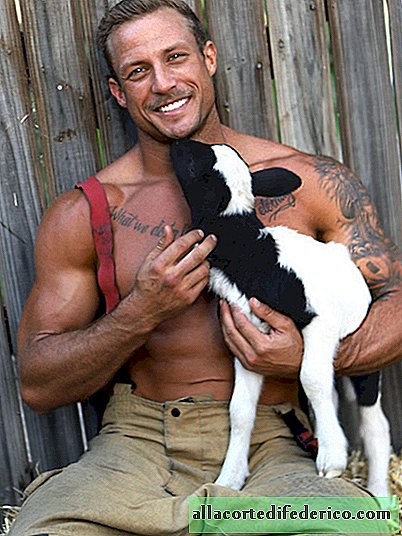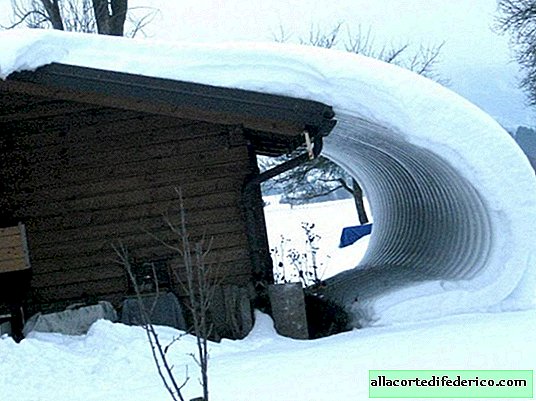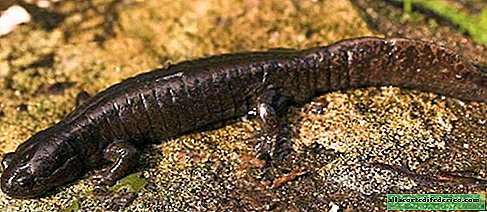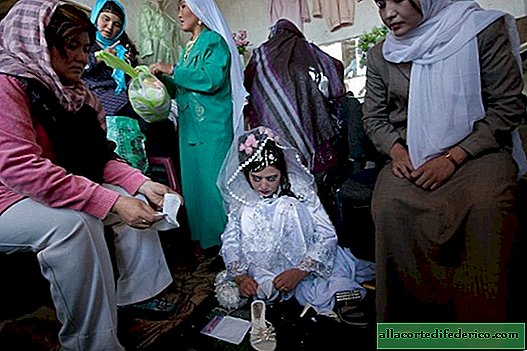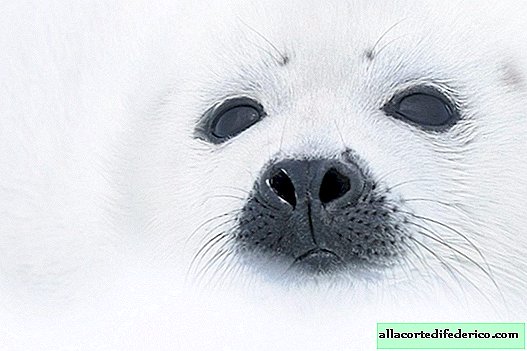Why the Inuit of Greenland degenerate
An international group of specialists, composed of Danish and American specialists, studied the genetic materials of the Inland Greenland Eskimos.
In the course of the studies, disturbing factors were identified: in comparison with other studied populations, the largest number of dangerous genetic mutations are distributed among representatives of this people. According to genetics, the whole point is the small number of Inuit.

Inuit are the indigenous inhabitants of the circumpolar regions of Canada and Greenland. Greenland Inuit still call themselves kalaalites. About 2,000 people living in Chukotka are also considered Inuit. They speak the Inuit language of the Eskimo-Aleutian language family and are part of a larger group of peoples - the Eskimos. According to anthropologists, the ancestors of the Greenland Inuit moved to the northeast from the territory of Alaska around the X century. And by the 15th century, they already inhabited the coast of Greenland, hunting marine mammals and fishing. Now the number of this people is about 50,000 people. According to scientists, today the gene pool of this people is experiencing the consequences of the so-called "bottleneck effect." It manifests itself in a reduction in the genetic diversity of the people due to a reduction in the number of its representatives. Even though the Inuit population is quite high today, they are all genetically close relatives. According to researchers, all modern representatives of this people are descendants of a small number of Inuit who managed to survive after a sharp decline in numbers about 20,000 years ago. For this reason, and also because of the relative isolation of these peoples from their related groups, Inuit found themselves on the verge of genetic degeneration.
The "bottleneck effect" is also characteristic of representatives of the animal world. The most studied examples are mammalian species, the destruction of which led to a sharp decrease in numbers. This is the Bialowieza population of bison, saigas, Przhevalsky's horse and many others. In subsequent attempts to restore the population from a small number of representatives, scientists faced a number of problems associated with the low genetic diversity of its constituent individuals.

When the researchers analyzed the genomes of 18 Greenland Inuit, they revealed a high percentage of negative mutations among representatives of this group. Such a number of various deviations is not observed in any other ethnic group. According to geneticists, peoples with low genetic diversity are not only susceptible to a large number of diseases, but are also more vulnerable to various environmental changes, including those of anthropogenic nature. Specialists also hope that further study of this people will allow advancement in the study of human genetic diseases and shed light on other mysteries of the gene.


